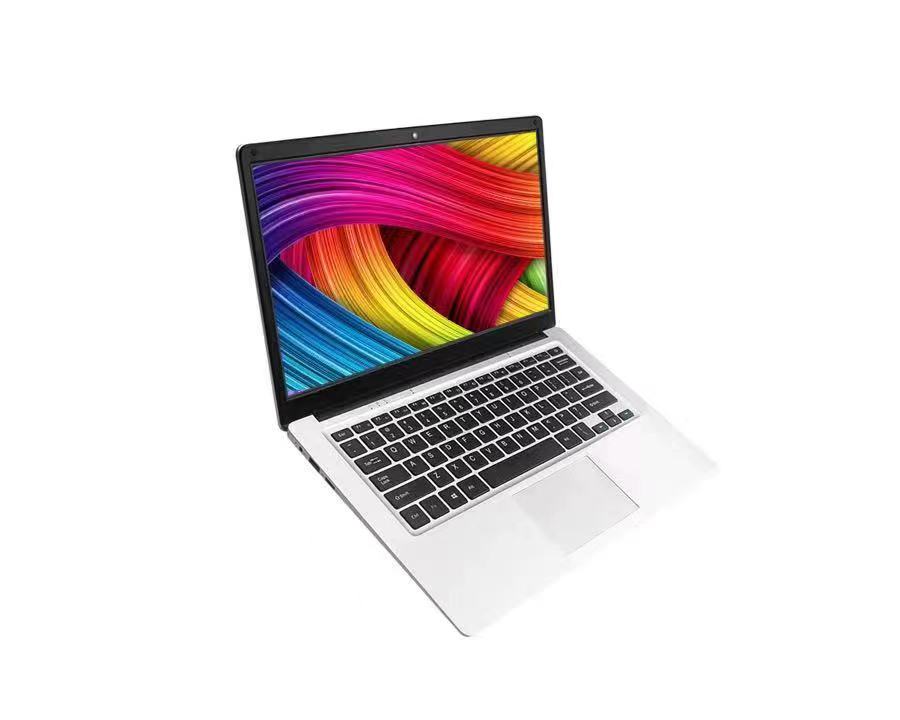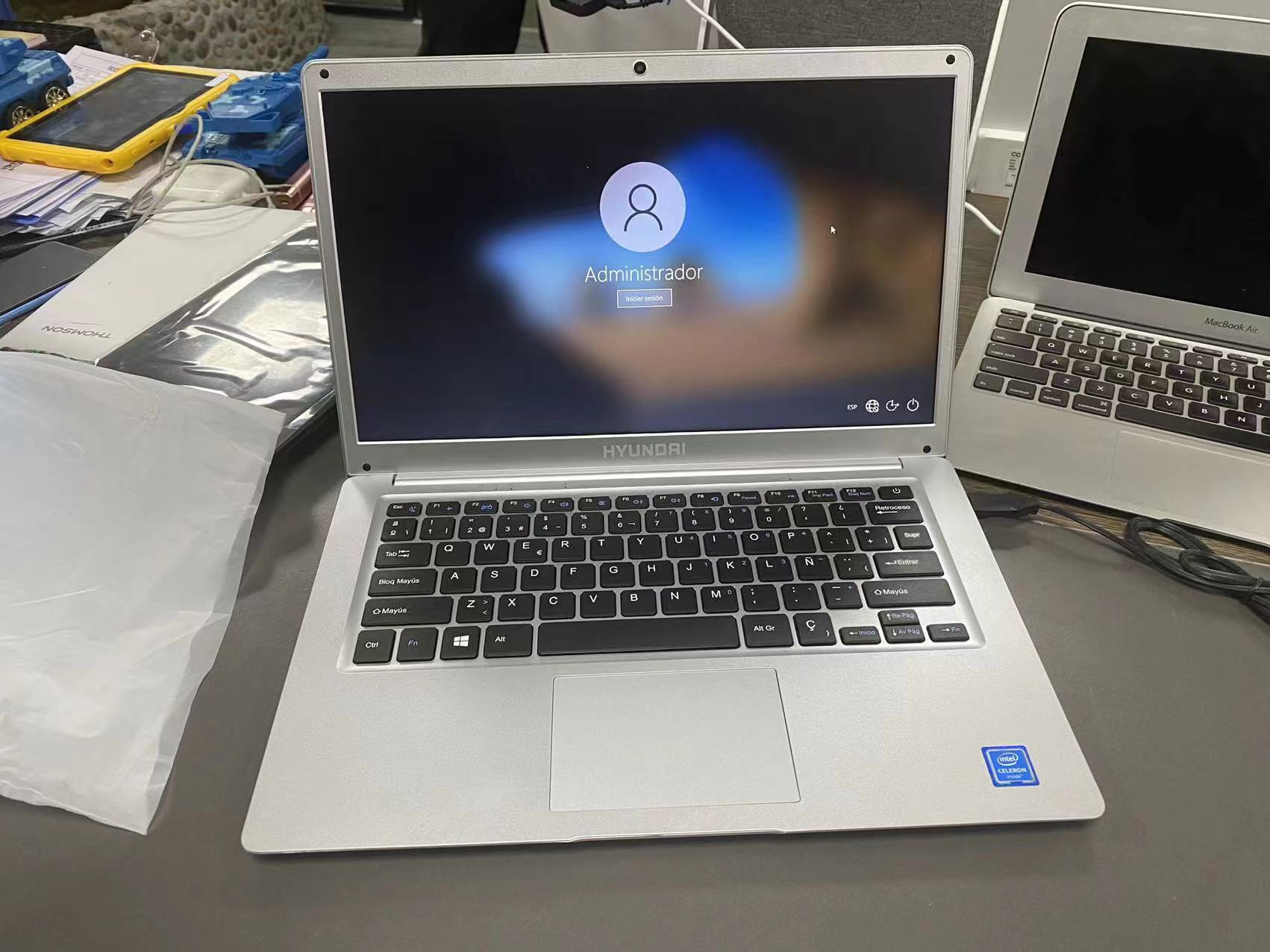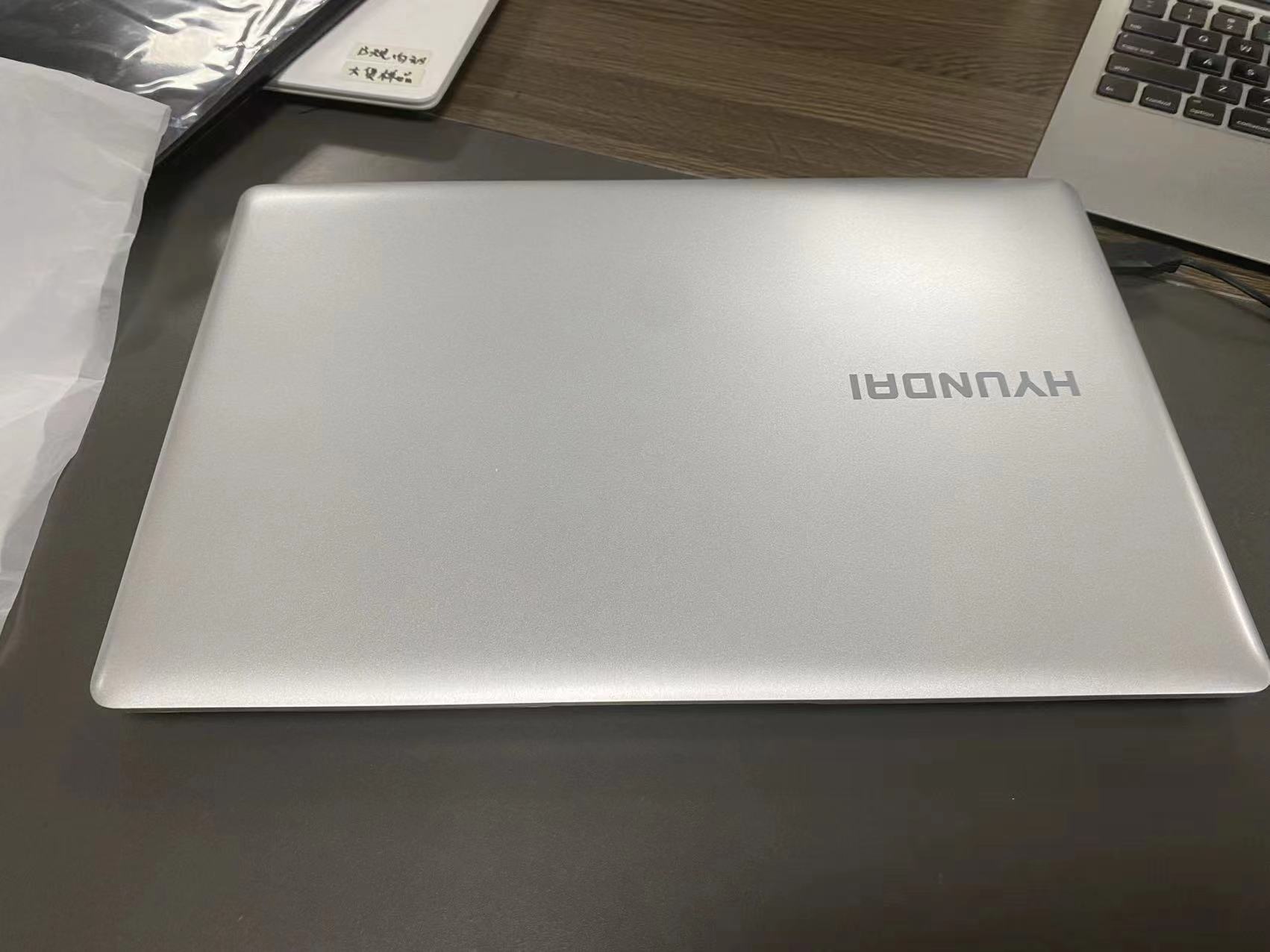1. Introduction to CPU

The CPU, also known as the central processing unit, is an ultra-large-scale integrated circuit, which is the computing core (Core) and the control core (Control Unit) of a computer.
1. In the notebook: The core model with the Q character after it is four-core and eight-thread, and the one without it is dual-core and four-thread. [The more kernels, the better]
2. The main frequency of the CPU: the clock frequency at which the CPU core works (CPU Clock Speed).
[Can only affect the speed of the computer, not determine the speed of the computer]
3. Acceleration frequency: Among the factors that affect the speed of the computer, one of the frequencies
[Can only affect the speed of the computer, not determine the speed of the computer]
4. Number of caches: The larger the number of cache levels, the better.
[The running speed of the computer is basically determined by 2, 3, 4, and 7]
5. TDP power consumption: It is the basic physical index of the processor. When the processor reaches the maximum load, the heat released. [Heat released]
6. CPU slot: CPU slots are mainly divided into two types: Socket and Slot.
[It is the socket for installing the CPU]
7.DMI: Refers to Direct Media InterfaceI (direct media interface).
[Channel for data transmission]
8. Memory support: 1333 is the maximum working speed of the memory.
[Under the condition of the same frequency, the dual-channel mode has better performance than the single-channel mode]

Second, the hard disk introduction
128G solid state + 1T hard drive
Solid state drives are fast storage. As a system disk, the boot is very fast [within 10 seconds]. The mechanical hard drive has a large capacity and is used to store some data, software and games.
[128G solid-state hard disk (for system disk, good performance), 1T (1000G) mechanical hard disk (for storage disk, large capacity, high cost performance)]
3. Memory introduction
Memory, also known as main memory, is the storage space that the CPU can directly address.
Some of the applications we use every day are placed on our hard drive, and if we need to use these applications one day, they need to go into memory to run!
[Same as above, dual-channel 4GB notebooks are easier to use than single-channel 8GB, which means that a notebook with two 4GB memory sticks is easier to use than an 8GB notebook with only one memory stick! ]

Fourth, the graphics card
1. Integrated graphics card:
The advantages of integrated graphics cards are: low power consumption, low heat generation, and the performance of some integrated graphics cards can already be comparable to entry-level discrete graphics cards, so there is no need to spend extra money to buy discrete graphics cards.
Disadvantages of integrated graphics: The performance is relatively low, and it is solidified on the motherboard or CPU. It cannot be replaced by itself. If it must be replaced, only the motherboard can be replaced.
2. Independent graphics card: (recommended for playing games)
The advantages of a discrete graphics card: It is installed with a separate video memory, which generally does not occupy the system memory, and is technically much more advanced than an integrated graphics card, but its performance is definitely not worse than that of an integrated graphics card.
Disadvantages of discrete graphics cards: The system consumes more power and generates more heat, which requires additional funds to purchase graphics cards, and at the same time (especially for laptops) takes up more space.
The graphics card chip is the GPU (graphics processor), which is the "brain" of the graphics card, which determines the grade and most of the performance of the graphics card





